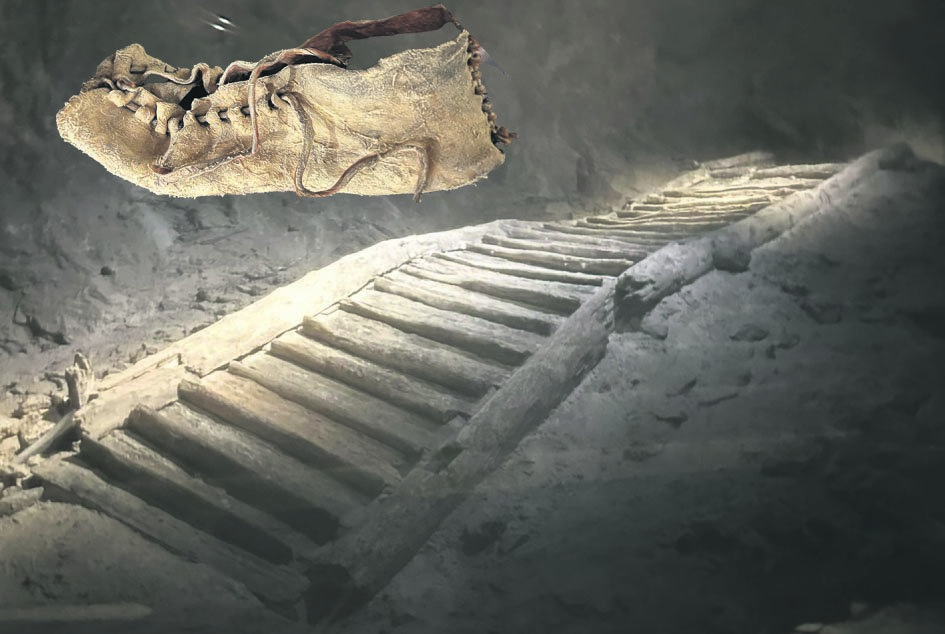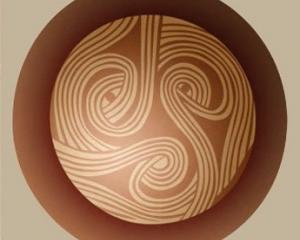
Hallstatt is located over a massive deposit of salt that has been mined continuously for thousands of years, such that the shafts and tunnels deep underground stretch over 30km.

Now, the Austrian archaeologists are busy underground, following the prehistoric tunnels to track down the prehistoric exploitation of this vital commodity: salt.
The miners had to hack out the salt with bronze and later iron picks in lumps, that were then loaded into leather rucksacks before being hauled to the surface.
We descended ourselves on a wooden chute 60 metres long that saw us reach speeds of 20kmh, until we entered the cavernous opening where the Bronze Age miners took down their wooden torches and equipment.
Salt is a wonderful preservative, and the archaeologists encounter the mine as it was over 3000 years ago. Abandoned footwear, broken picks and spent wooden torches litter the floor. Toilet facilities were lacking, so the miners faeces reveal their diet — a lot of pork and blue cheese.
Recently, archaeologists have made a unique find, a perfectly preserved wooden staircase of spruce, fir and copper beech.
Over a metre wide, it would have allowed the passage of miners descending to mine and ascending with their 32kg rucksacks brimming with blocks of pure salt.
By counting the growth rings in the wood and calibrating them with trees covering time to the present, the staircase has been dated to 1108BC.
We diverted on our drive back to Vienna to follow the course of the mighty Danube to visit Willendorf.
This hamlet is the find spot in 1908 of one of the most famous Venus figurines dating to about 28,000 years ago.
We climbed the steep steps to the actual site where the importance of location was at once clear: looking down at the river, the hunters would have been able to descend on the seasonal migration of reindeer during the cold of the last glacial maximum.












